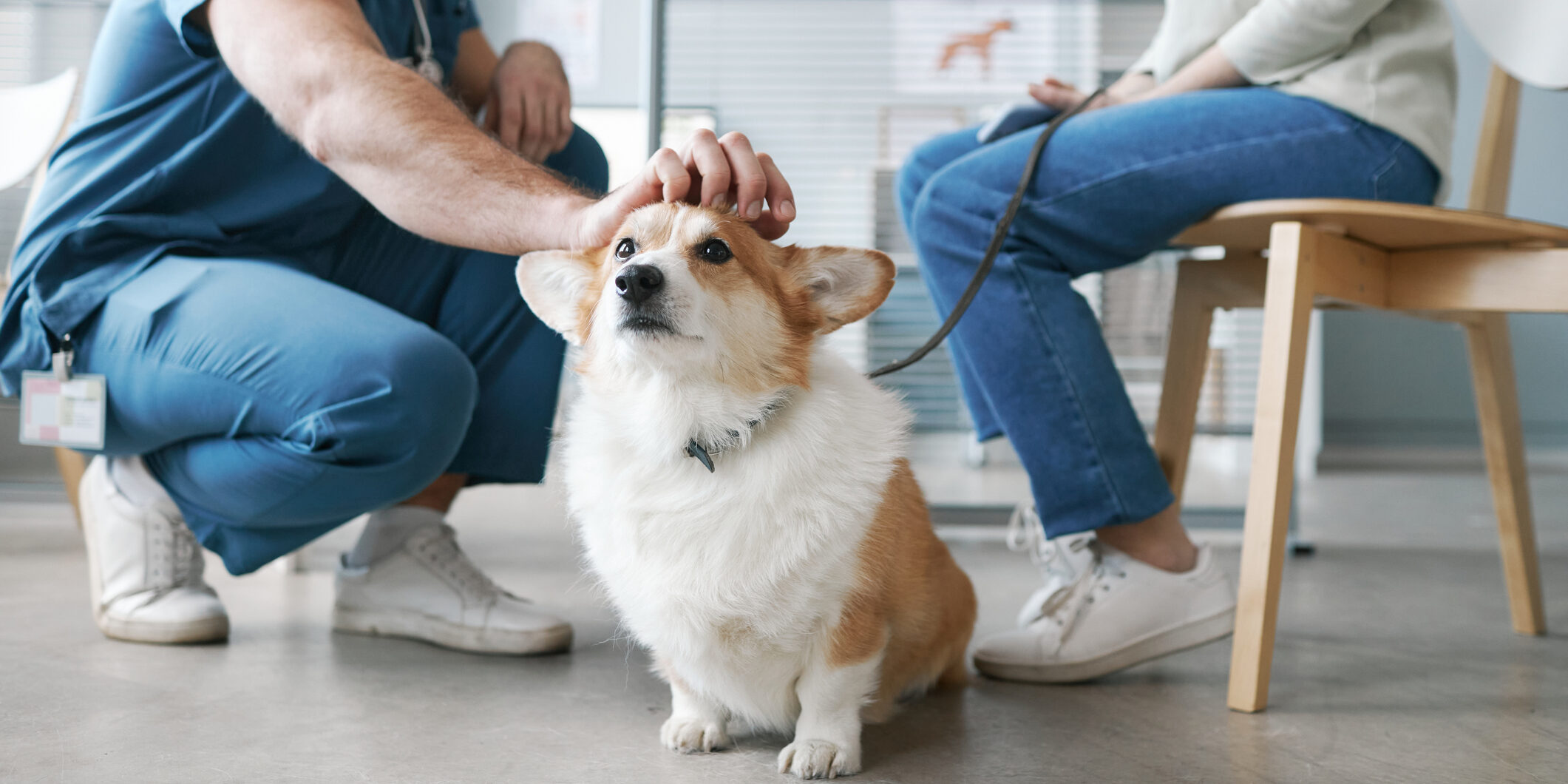The COVID-19 pandemic left a major mark on the American workforce that can be seen in every industry. The U.S. Chamber of Commerce provided a brief overview of these trends in a September 2023 report.
The report characterizes this phenomenon of industries seeing high quit rates as less of a “Great Resignation” and more of a “Great Reshuffle.” This distinction is made by the Chamber of Commerce “because hiring rates have outpaced quit rates since November of 2020.”
However, different problems face all sectors of American industry: each comes with its own unique challenges facing its workforce. One industry’s staffing issues may have already affected you, or rather, the furry friend that’s living under your roof.
If you’re a pet owner (or a soon-to-be pet owner), you already may be aware of the staffing difficulties the veterinary industry is facing.
In “The U.S. veterinarian shortage crisis” by The Week, the publication reports that people buying pets during the pandemic has led to an increase in demand for veterinarians, while veterinarians were leaving the industry partly due to pandemic-related risks and “irate customers.”
Furthermore, the Mars Veterinary Health reported that as of August 2023: “Even with the new veterinary graduates expected over the next 10 years, a shortage of up to 24,000 companion-animal veterinarians will likely still exist by 2030.”
The American Veterinary Medical Association represents the 100,000 people in the veterinary profession, and it notes that while there are staffing shortages, demand is beginning to normalize to pre-COVID-19 levels.
The veterinary association also argues that some proposed solutions for shortage may lead to inadequate care, citing efforts to introduce mid-level practitioners and allowing veterinarian-client-patient-relationships to be established online as particularly detrimental.
While the industry works to find solutions, you may ask yourself: “What should I do to help keep my pet safe?” It might be worth having a conversation with your independent insurance agent about pet insurance, and if it is right for you.
Not all policies are the same
Pet insurance covers the costs of your pet’s medical expenses. Coverage is determined from factors including species and sex of the animal to where you are located.
This coverage varies from insurance company to insurance company and policy to policy—however, the industry is starting to establish standards. In fact, this past summer New Hampshire enacted a law to set clear definitions for terms used in pet insurance policies (i.e., chronic conditions, pre-existing conditions and wellness programs). In the Granite State, insurance companies must adhere to these definitions when dealing with consumer policies.
If you are planning to purchase a pet insurance policy, be sure to review the terms carefully to make sure it’s offering you the coverage you want. Your insurance agent can help you with this.
Along with having a conversation with your independent insurance agent, it may be equally important to establish a VCP—if you have yet to do so—and map out where the closest emergency animal clinic is.
Having pet insurance won’t make it easier to find vets on short notice—if you haven’t already established a VCPR—but it will give you peace of mind, at least financially, if your pet ever has a medical emergency.
Matt McDonough is PIA Northeast's writer, editor and content curator. Matt joined PIA Northeast in September 2023. Before that, he had been an editor for the online entertainment magazine Collider from 2021-23 as a copy editor for its lists section. Matt entered the world of journalism at his alma mater, SUNY New Paltz, writing and reporting for the college's student run newspaper, The New Paltz Oracle. He graduated from SUNY New Paltz with a Bachelor of Arts in English and a minor in Creative Writing in 2020.






